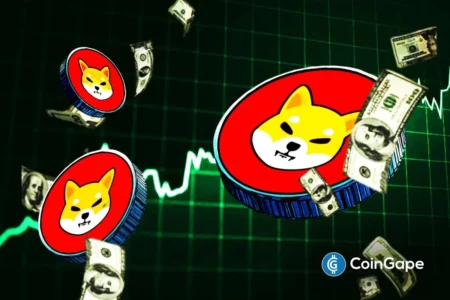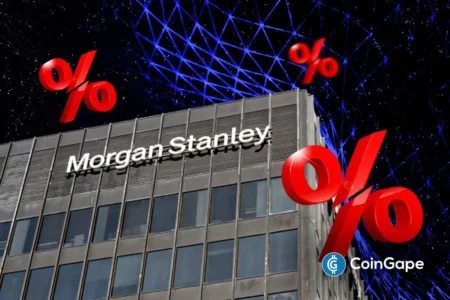XRP Inflows Crash Amid Market Volatility: Analyzing the Trends
The cryptocurrency market is notorious for its volatility, and recent developments have underscored this reality as XRP inflows plummeted by an alarming 83% in just one week. This shift came amidst a backdrop of various macroeconomic events and rapidly changing investor sentiments that have impacted the digital asset space. While Ripple’s XRP token suffered significant inflow losses, it showcased remarkable resilience in comparison to other altcoins during the sell-off.
The Severity of XRP Inflows Decline
According to CoinShare’s Digital Assets Fund Flows weekly report, XRP inflows collapsed from a staggering $190 million to just $31.3 million. Despite this heavy drop, XRP still secured its place as the second-largest gainer among altcoins for the week, closely trailing Ethereum, which attracted $133.9 million in inflows. This indicates a unique dynamic in the market, where some coins exhibit strength even as others falter. Along with XRP, Solana also saw some inflows—recording $8.8 million—while the majority of altcoins experienced sharp capital exits.
A Broader Market Overview
The overall situation for altcoins wasn’t as favorable. The crypto market recorded a significant outflow of $223 million, reversing the positive trend of $883 million in early-week inflows. Bitcoin, the frontrunner in the market, led the outflows with a massive $404 million—a stark contrast to its year-to-date performance of remaining robust with $20 billion in net inflows. Not to be overlooked, altcoins like Sui and Litecoin also contributed to the overall negative trends, further solidifying the current turbulence in the crypto markets.
Understanding the Causes
The dramatic crash in inflows can be attributed to several factors. Primarily, comments from the Federal Reserve regarding hawkish monetary policy contributed to heightened anxiety among investors. Additionally, the U.S. job data released in July fell short of expectations, further amplifying concerns about economic stability. On August 1 alone, capital outflows exceeded $1 billion, prompting alarm among market participants. Additional pressures from geopolitical factors—including new tariffs announced by former President Trump and significant whale sell-offs—have also exacerbated the situation.
Resilience of XRP Amidst Turbulence
Despite the harsh environment for many altcoins, XRP has shown a remarkable degree of strength. Factors such as the White House crypto report and SEC announcements related to crypto projects have bolstered investor confidence. Moreover, the rumored deadline for the Ripple vs. SEC lawsuit, set for August 15, added to the optimism surrounding XRP, providing it a beacon of hope amidst the chaos affecting other digital assets.
Frequently Asked Questions
What caused the drastic decrease in XRP inflows?
The primary drivers behind the decline in XRP inflows include macroeconomic volatility stemming from the Fed’s hawkish stance and disappointing U.S. employment statistics, which have caused investor apprehension.
How does XRP still rank positively despite losses?
Despite an 83% drop in inflows, XRP posted a respectable net inflow of $31.3 million, distinguishing itself from a large number of altcoins that experienced outflows.
What were the outflow figures for Bitcoin?
Bitcoin saw the largest outflows in the market, totaling $404 million, contrasting sharply with XRP’s positive inflow position.
Conclusion
The recent volatility in the crypto market has painted a complex picture, characterized by sharp contrasts between different assets. While XRP’s inflows crashed significantly, its relative strength amidst broader market declines signals an underlying resilience that may benefit long-term investors. As macroeconomic factors continue to shape the landscape, keeping a close watch on key developments will be vital for anyone engaged in the cryptocurrency space. The fluctuations highlight the inherent risks and opportunities present in the dynamic world of digital assets, reminding traders and investors alike of the ever-changing nature of this market.


![Curve [CRV] Could Face Increased Losses Unless THIS Surges Significantly](https://icoinmarket.com/wp-content/uploads/2025/08/Abdul-6-2-1000x600.webp-300x180.webp)













